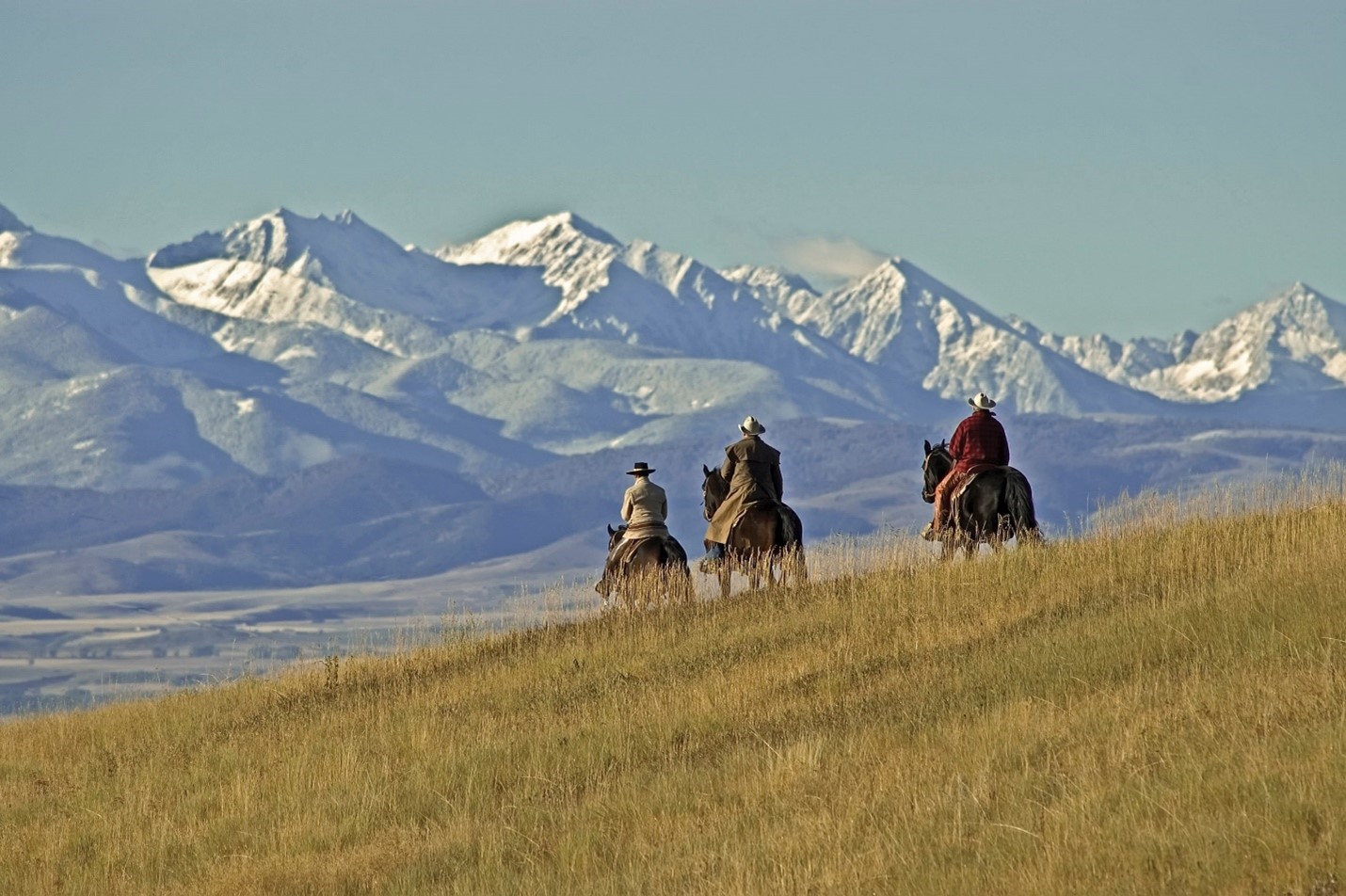Montana’s breathtaking landscapes are not just a source of natural wonder but a crucial economic driver. With vast national parks, pristine rivers, and expansive forests, the state attracts millions of visitors each year who fuel the tourism industry. However, the need for energy development, agriculture, and land use expansion creates a complex challenge: how to preserve the state’s environmental heritage while allowing responsible economic growth. Trenin Bayless understands that striking this balance is essential for ensuring Montana remains both economically strong and environmentally sustainable.
Montana’s Unique Natural Heritage and Its Economic Role
Montana’s public lands define the character of the state. From Glacier National Park’s towering peaks to the sprawling grasslands of the Missouri River Breaks, these lands provide a sanctuary for wildlife and outdoor enthusiasts alike. These spaces are more than just scenic landscapes—they are vital to Montana’s identity and economy. Hunting, fishing, hiking, and camping generate billions in revenue annually, providing jobs for local communities and supporting small businesses that thrive on outdoor tourism. The challenge, however, lies in balancing the needs of industry with the necessity of protecting these treasured landscapes.
At the same time, Montana’s economy has historically been driven by natural resource industries such as mining, oil, and gas. These sectors create high-paying jobs and contribute significantly to state revenue. Energy development is a necessary component of Montana’s economic structure, but it must be pursued responsibly to prevent irreversible damage to ecosystems. The state faces an ongoing debate over how much land should be leased for energy extraction versus how much should be preserved for conservation. Policies that allow sustainable resource use while protecting key environmental assets can ensure that Montana remains both a leader in energy production and a steward of its natural heritage.
The Role of Public Policy in Land Conservation
Public lands in Montana are managed through a combination of state and federal agencies, each with different priorities. Effective policymaking requires collaboration between conservationists, industry leaders, and government officials. The conversation often centers around public land use regulations, environmental protections, and private land ownership rights. Striking a fair balance requires ensuring that conservation efforts do not hinder responsible development, and vice versa.
In recent years, efforts to expand oil and gas leasing on public lands have sparked controversy. Ensuring that these decisions are based on sound science and economic impact studies is crucial. While some argue that leasing more land for drilling provides an economic boost, others worry about the long-term environmental consequences. Water quality, air pollution, and habitat destruction are all valid concerns that must be addressed in any land-use policy. Robust environmental impact assessments should be a prerequisite for approving any new energy development projects on Montana’s public lands.
Sustainable Tourism: A Key to Long-Term Economic Health
Tourism is one of Montana’s largest economic drivers, and protecting public lands plays a significant role in sustaining this industry. Visitors come from all over the world to experience Montana’s unspoiled beauty. Whether exploring Yellowstone’s geysers, fly-fishing in the Madison River, or hiking through the Absaroka-Beartooth Wilderness, outdoor recreation fuels the local economy. Without proper conservation measures, the state risks losing the very assets that make it a prime destination.
One of the biggest concerns is overcrowding in Montana’s most popular parks and recreation areas. Initiatives that promote sustainable tourism by improving infrastructure, creating visitor limits in overburdened areas, and investing in conservation programs are necessary to ensure long-term viability. By ensuring that natural resources are well-maintained, Montana can continue to reap the economic benefits of tourism while preventing environmental degradation.
Energy Development and Its Environmental Impact
Energy production remains a contentious issue in Montana. The state has abundant coal, oil, and natural gas reserves, but the shift toward renewable energy is changing the landscape. A diversified energy strategy is essential for both economic stability and environmental protection. Wind and solar power have gained traction in Montana, offering clean alternatives that create jobs and reduce the carbon footprint.
However, the transition to renewable energy is not without challenges. While wind and solar projects require land, they also present an opportunity to repurpose areas that have already been impacted by past industrial use. Rather than expanding fossil fuel extraction into pristine public lands, Montana can take advantage of renewable energy initiatives that minimize ecological disruption. Striking the right balance between traditional and renewable energy sources will be crucial for maintaining economic growth while protecting Montana’s public lands.
The Role of Local Communities in Conservation Efforts
Public land decisions impact not just government policies but also local communities. It is important to listen to ranchers, farmers, business owners, and residents who depend on public lands for their livelihoods. Conservation should not come at the cost of rural economies, and finding solutions that work for everyone is key. Programs that provide incentives for landowners to engage in conservation efforts, such as habitat restoration and sustainable land management, can help bridge the gap between economic interests and environmental protection.
Montana’s history is deeply tied to the land, and many communities have found ways to coexist with nature while still thriving economically. Collaborative efforts between local governments, conservation organizations, and private industries can lead to solutions that protect public lands without stifling development. Whether through conservation easements, responsible grazing practices, or community-led tourism initiatives, local engagement is critical to ensuring Montana’s landscapes remain intact for future generations.
The Future of Montana’s Public Lands
The conversation about Montana’s public lands is far from over. As the state continues to grow and industries evolve, finding a sustainable balance between conservation and economic expansion remains a priority. Montana can lead by example, demonstrating that economic prosperity and environmental stewardship are not mutually exclusive. With smart policies, responsible land management, and community-driven initiatives, Montana can continue to be a place where both people and nature thrive.
By protecting Montana’s public lands while supporting responsible economic development, the state can preserve its rich natural heritage without compromising its financial future.
